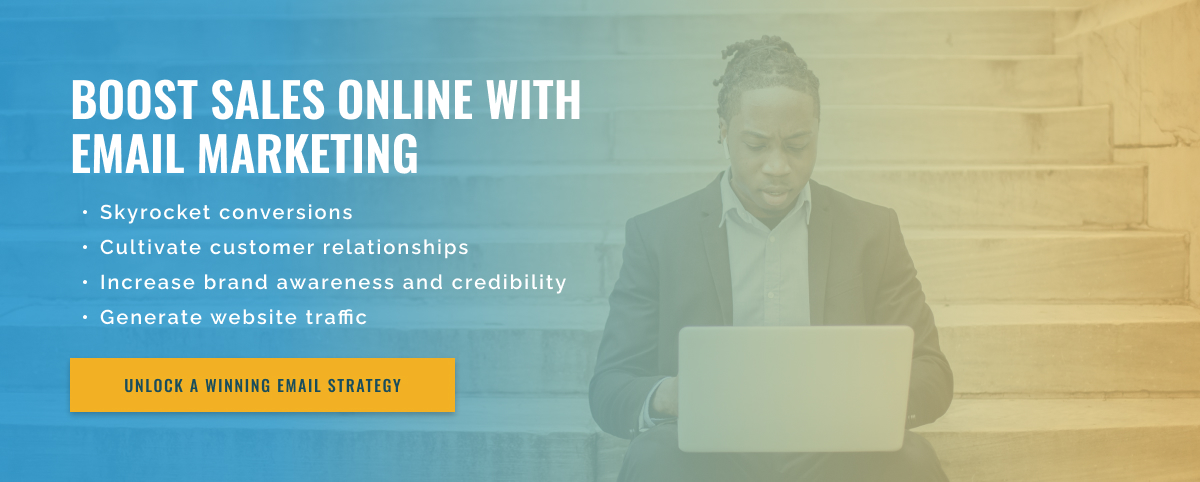3 minute read
Unleash Segmentation for Effective Email Campaigns
Email marketing has long been recognized as one of the most effective forms of digital marketing. Since the average person receives hundreds of emails every day, it can be difficult for companies to stand out and make an impact. This is where segmentation comes into play.
Segmentation is the process of dividing your email list into smaller, more specific groups or segments based on common characteristics. This allows companies to create hypertargeted email campaigns that appeal to specific audience segments. Let’s look at how you can use segmentation to take your email marketing to the next level.
Understand Your Audience: Before you can segment your email list, it is very important to understand your audience. Conduct market research and analyze your customer data to identify different target audiences. Look for patterns in demographics, behavior, interests, and purchase history. This information will help you set up accurate and personalized email campaigns.
Segment based on demographics: Demographics include age, gender, location, income, and occupation. This information can be used to create segments that target specific demographic groups. For example, a fashion brand might create a separate email campaign for its female customers aged 18 to 25, promoting their latest collection. It is important to tailor the language, images, and offers in each campaign to a specific audience segment.
Segment by behavior: Once you understand your audience’s behavior, you can segment your email list based on their level of engagement. For example, you can create segments for active subscribers, inactive subscribers, and recent purchasers. You can then target each segment with different types of emails, such as a re-engagement campaign for inactive subscribers or a loyalty program for active subscribers.
Segmentation by interests: Segmentation by interests allows you to target subscribers with emails that match their preferences. For example, a fitness brand might create segments for customers interested in yoga, weightlifting, or cardio. This way, they can promote relevant products and content to each segment, increasing the likelihood of conversions and engagement.
Personalize Your Emails: Once you have segmented your email list, it is very important to personalize your emails to suit each audience segment. Use their name, pay attention to their pain points, and tailor your content and offers to their interests. By doing so, you create a more meaningful connection with your subscribers, which makes them more likely to take the action you want.

